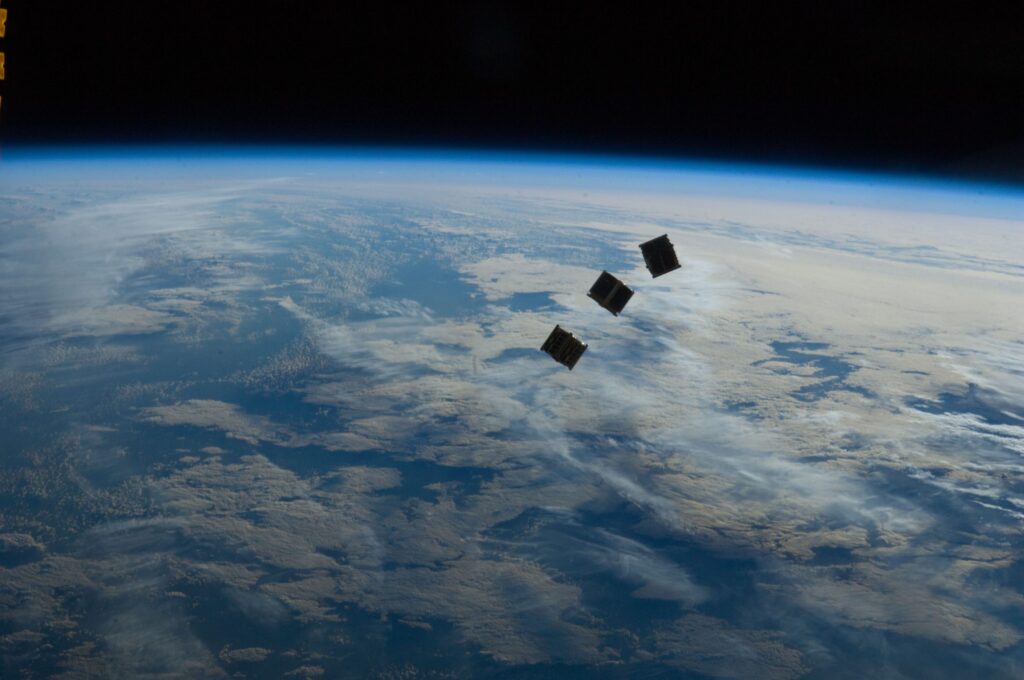Occasionally, astronomers found something in the cosmos that had never been seen before. That was the case recently when scientists found a new object that had just been confirmed as a comet. The new comet is called Bernardinelli-Bernstein, and the astronomers who investigate objects have determined that they have an orbit that requires 5.5 million years to solve it.
It comes from double clouds and is officially appointed as a comet on Wednesday, June 23. The appointment came a week after it was first observed as a small moving point in an image archived by a dark energy camera. The official name is Comet C / 2014 UN271, and named after the inventor gives it the name Bernardinelli-Bernstein which is easier.
So far, scientists have learned some interesting information about comets, which is believed to be an area of 62 miles. At this time 20 times away from the distance of the sun from us. It will reach its closest point to the sun on January 23, 2031. At that time, it will be right outside the Saturn orbit, placing it around 10.95 the distance between the earth.
Astronomers were excited because they had about two decades to study comets before disappearing for 5.5 million years. Comets are expected to be near-pure, and astronomers from all over the world will be ready to observe it. The orbits are vertical in the fields of the planets, and at the farthest point of the earth, it’s about the light year of the sun.
Scientists believe comets and others from double clouds may have been part of the solar system but kicked by gravity interactions with larger planets such as Saturn and Neptune. This is the first possible comet back in the deep solar system because it has booted, first.

